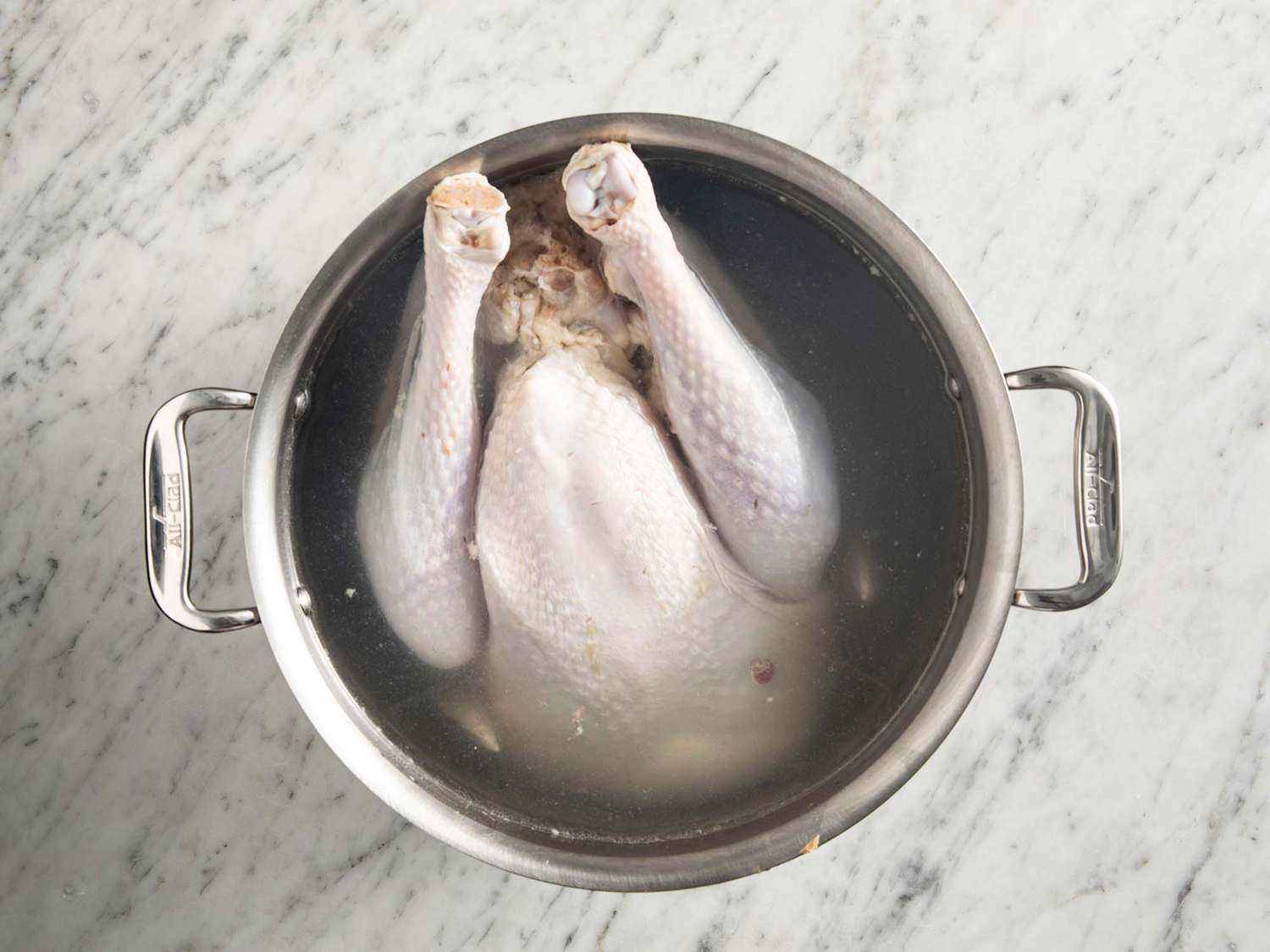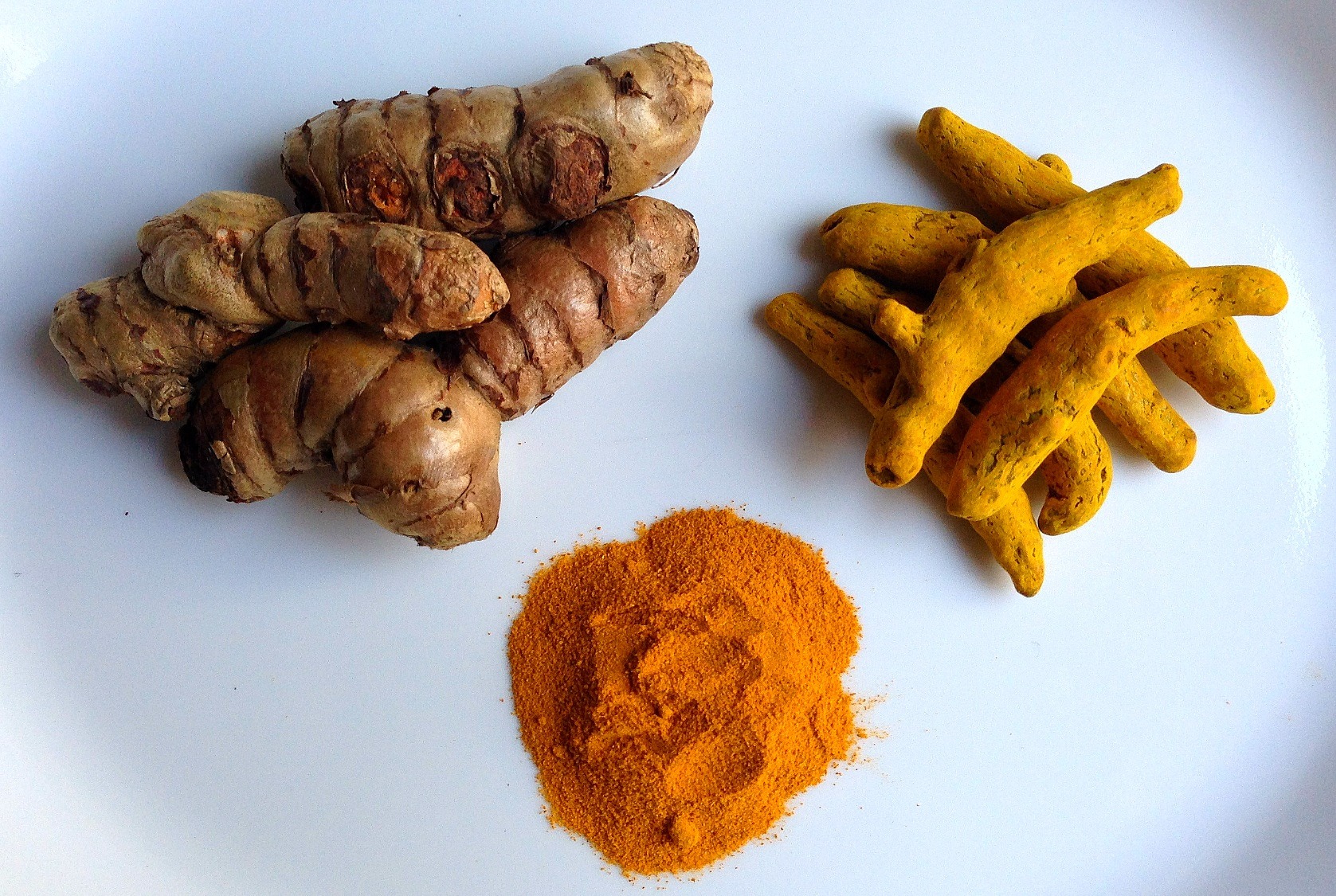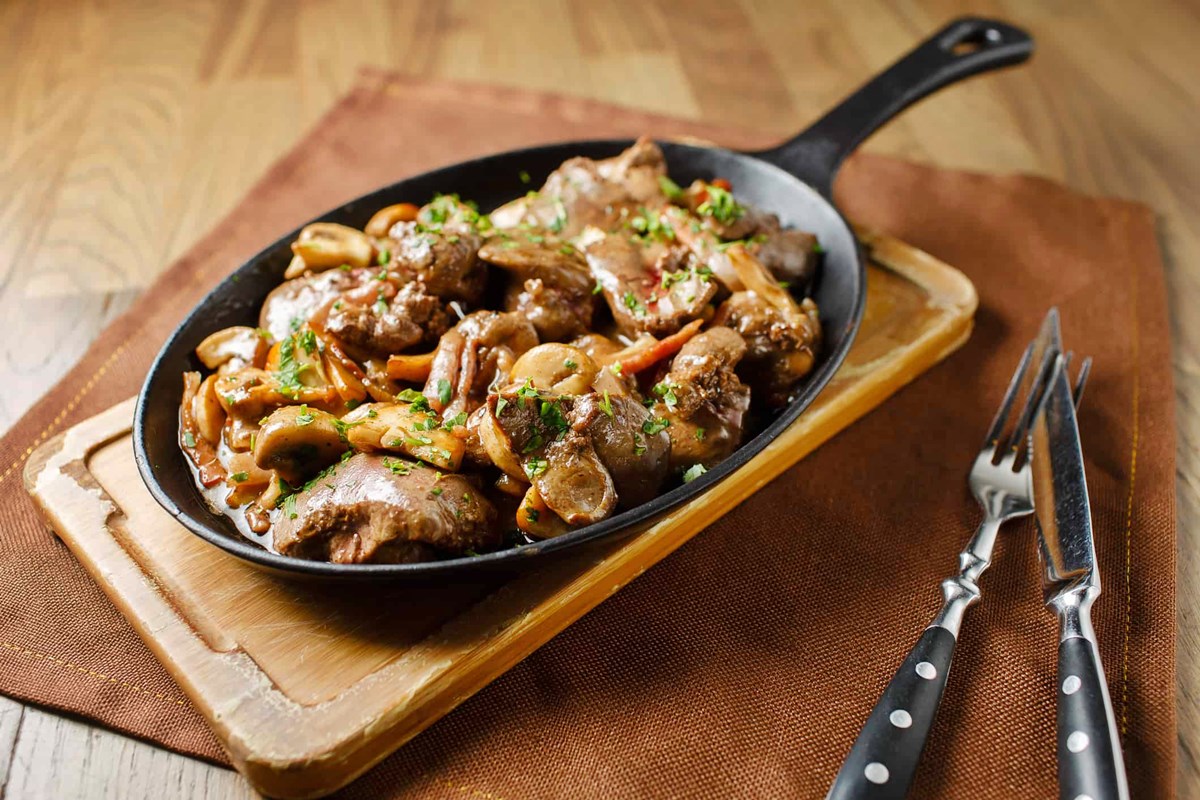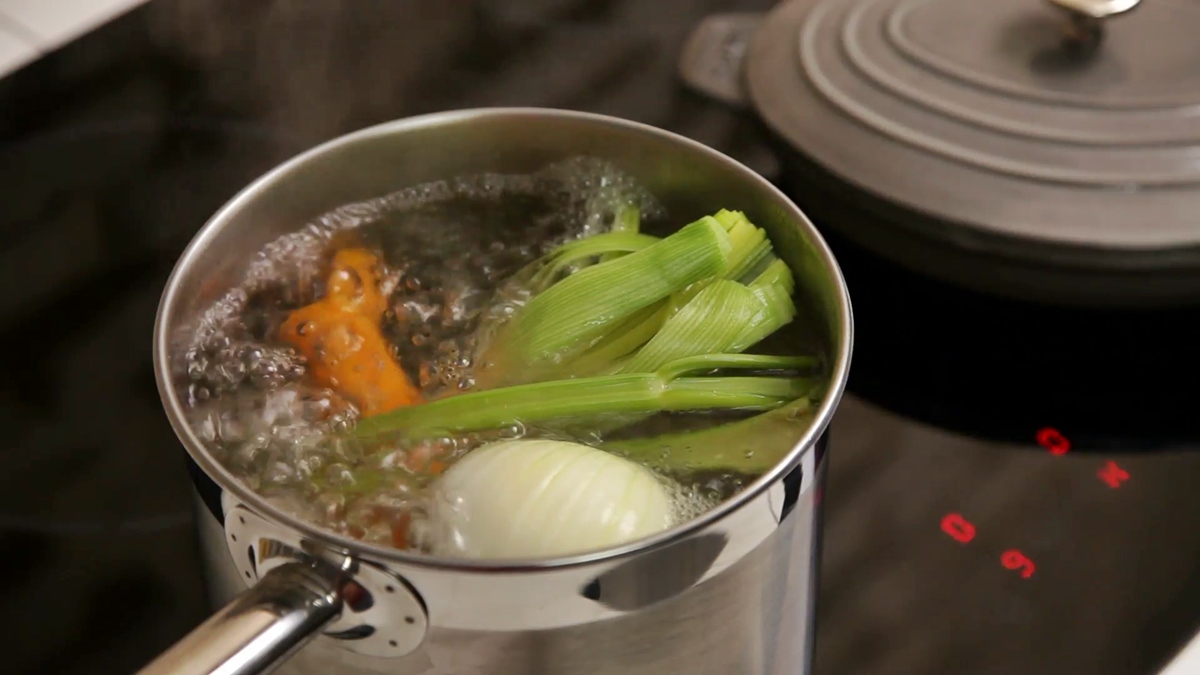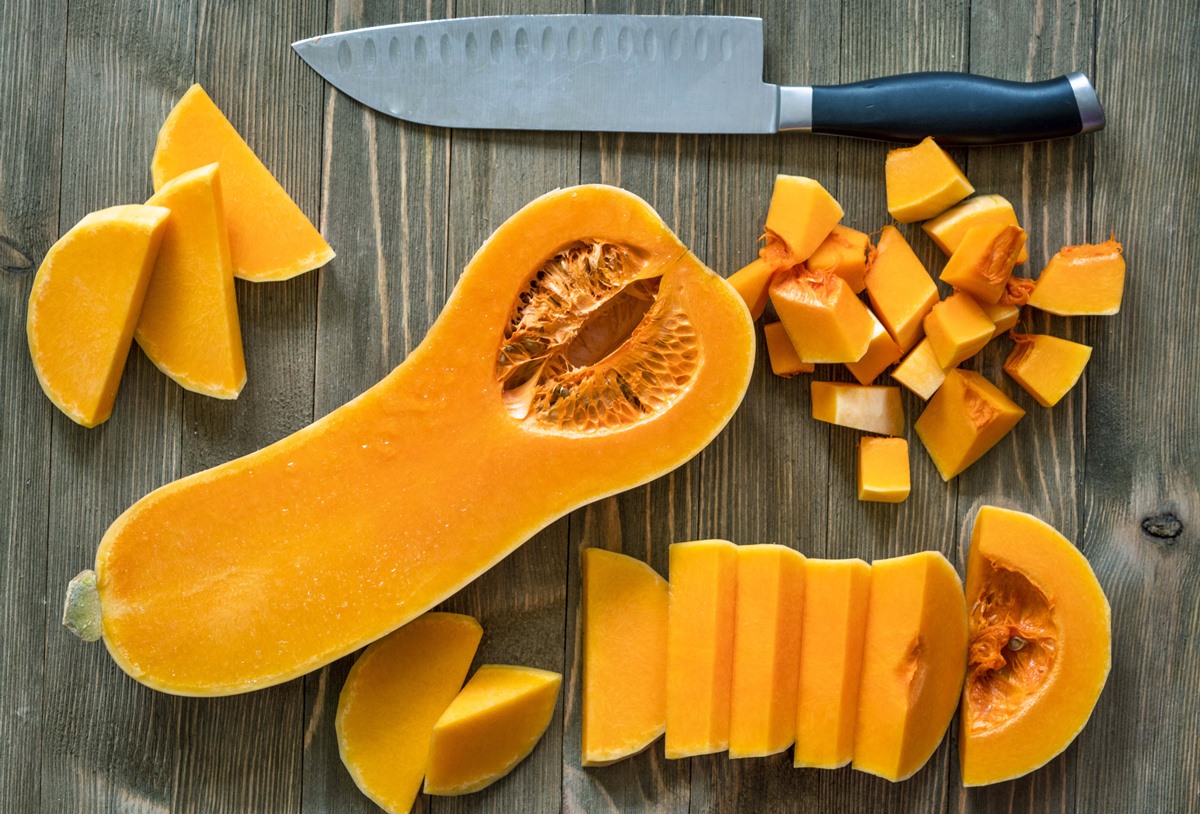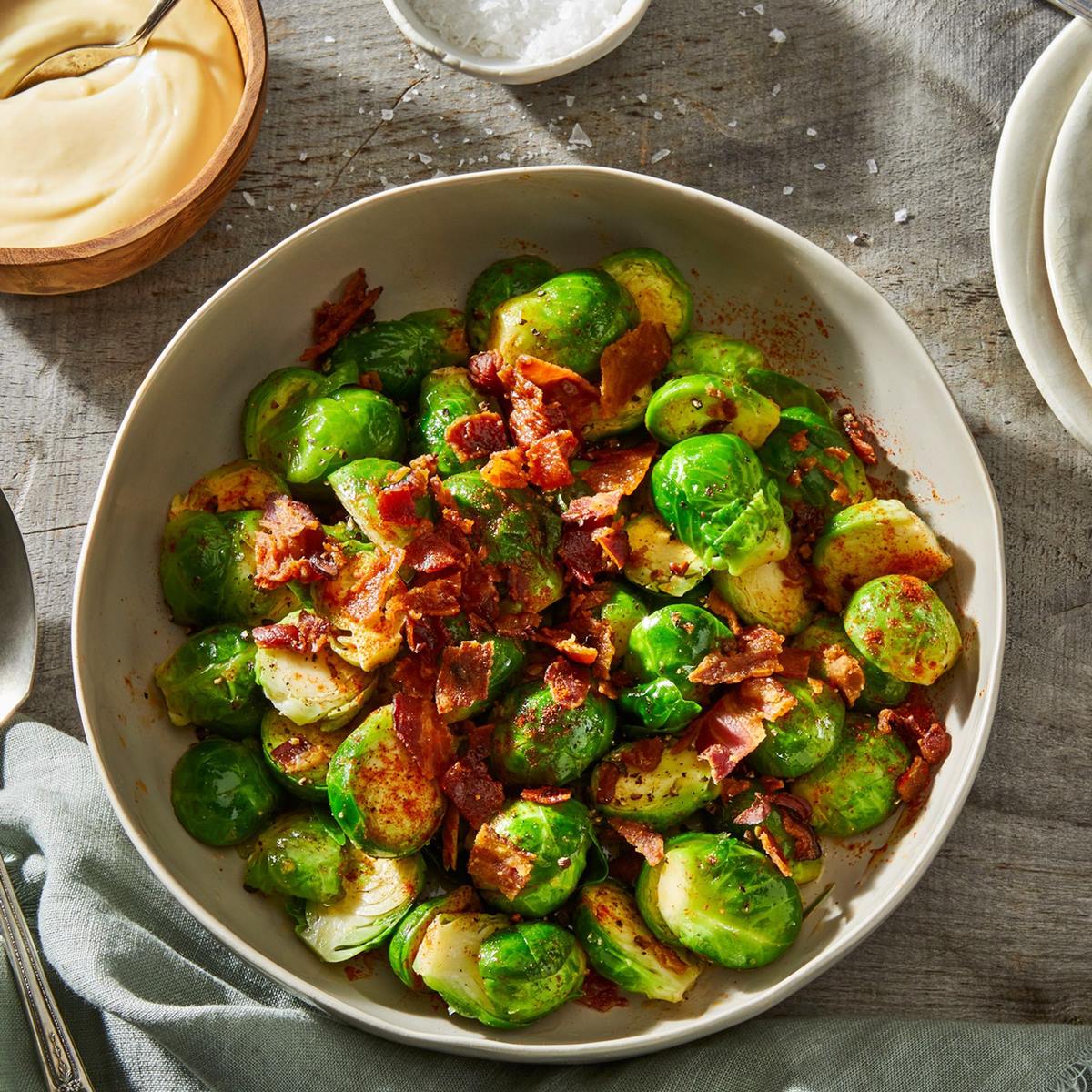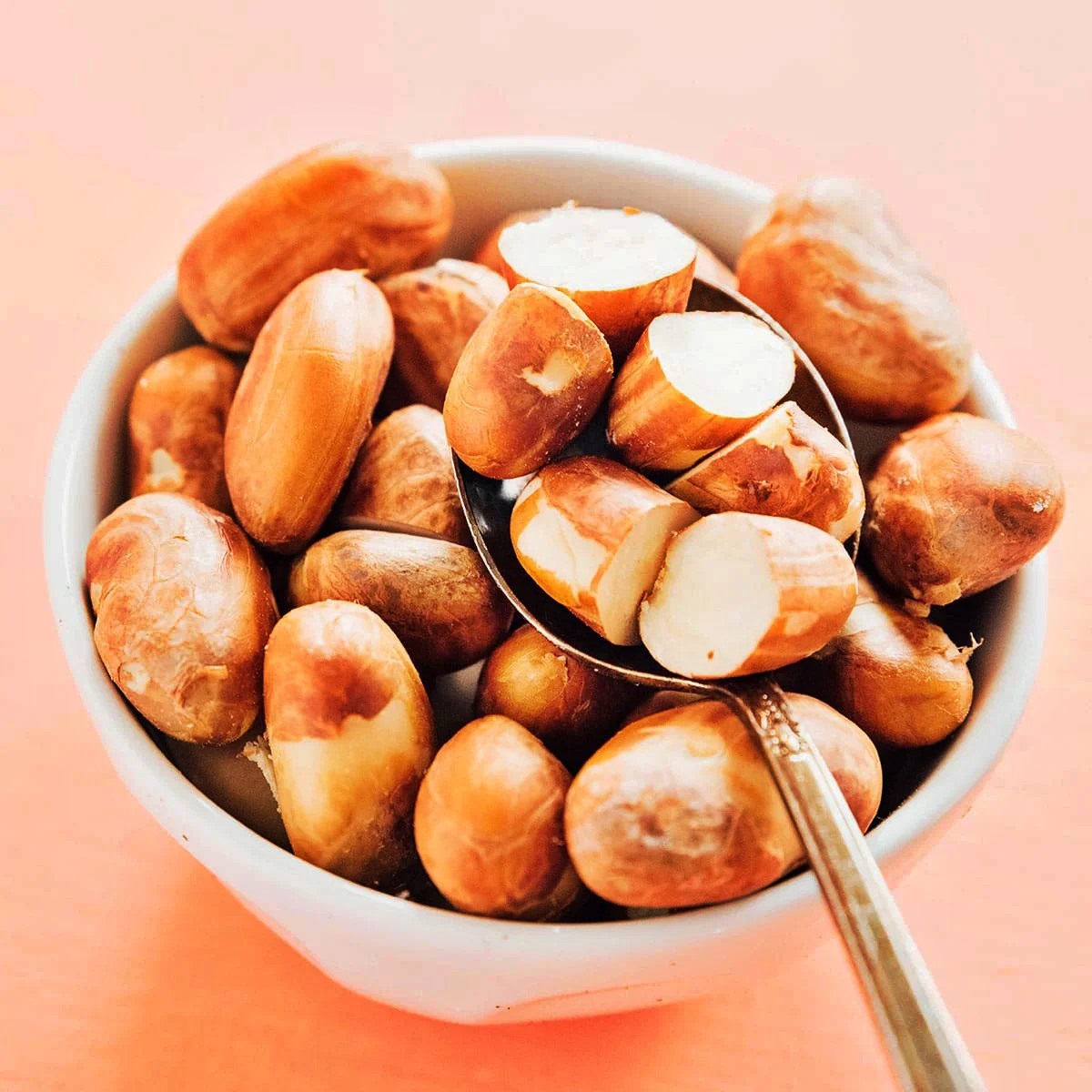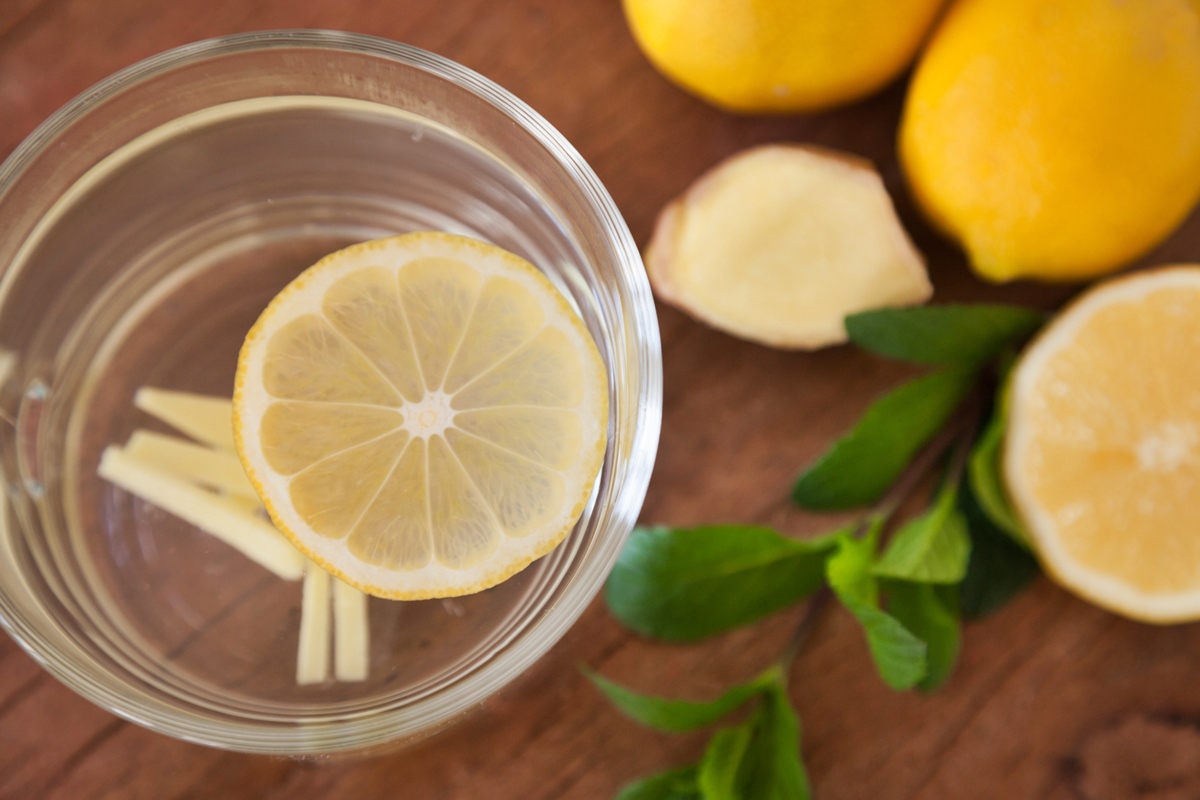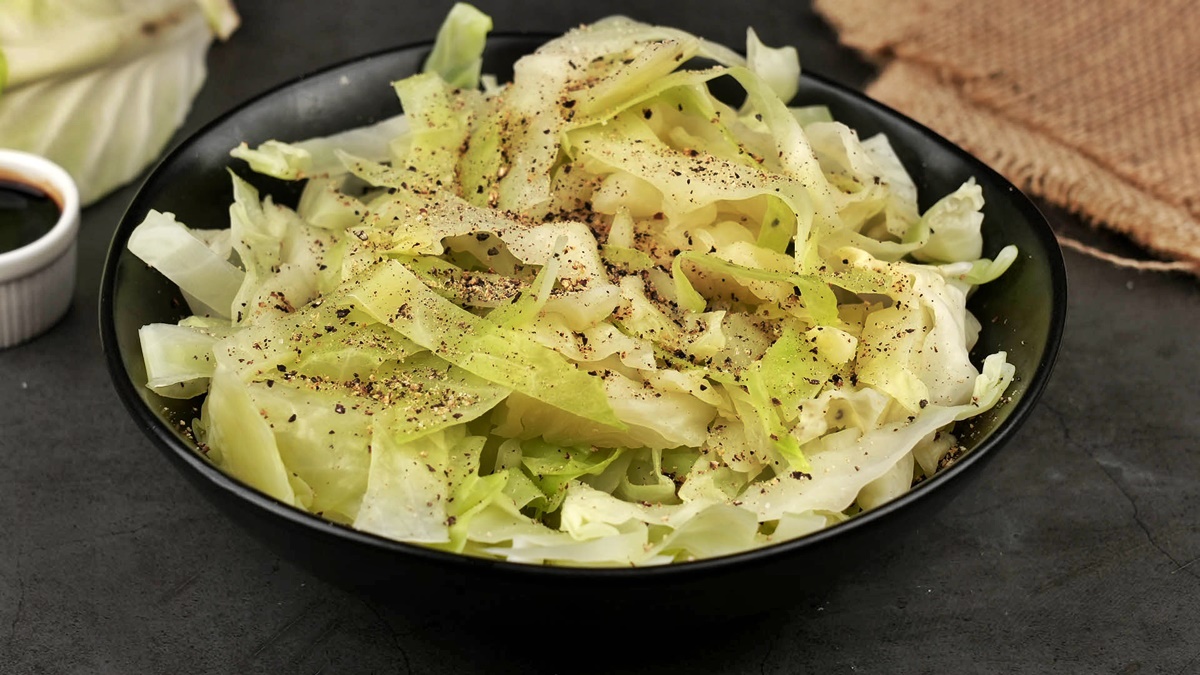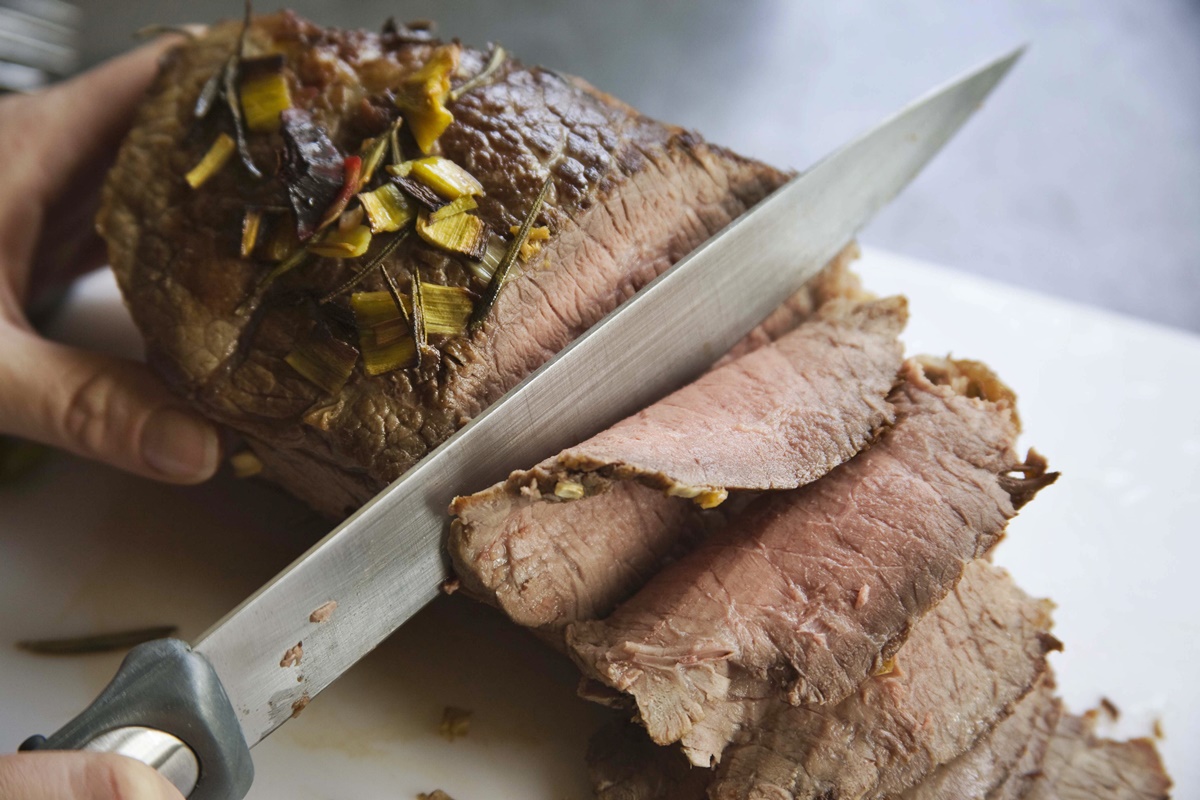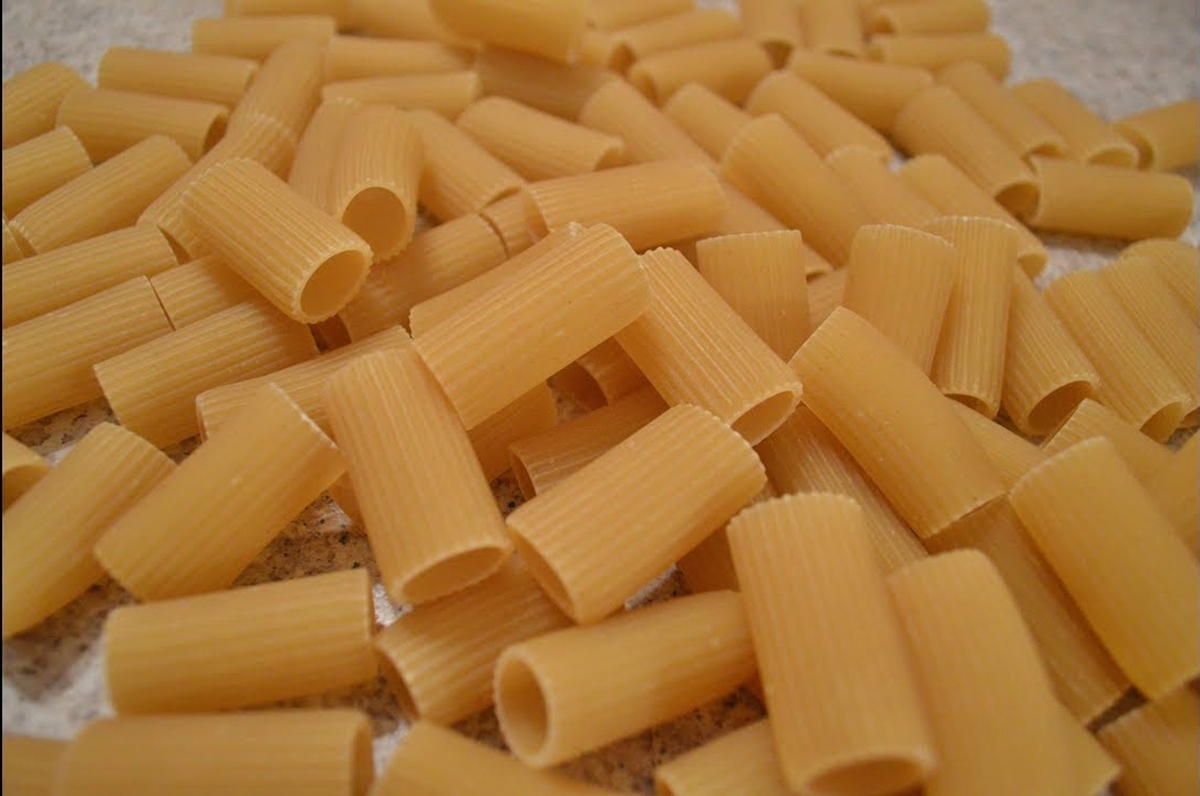How To Boil Bell Peppers: A Simple Guide
If you’re looking for a quick and easy way to enjoy the flavors of bell peppers, boiling them is a fantastic option. Boiling bell peppers can bring out their natural sweetness and make them tender and delicious. In this guide, we’ll walk you through the steps to perfectly boil bell peppers, so you can enjoy them in all their vibrant glory.
Step-by-Step Guide: How To Boil Bell Peppers
1. Choose the Right Bell Peppers
When it comes to boiling bell peppers, the first step is to select the freshest and most vibrant ones. Look for bell peppers that have a firm texture, glossy skin, and rich color. Red, yellow, and orange bell peppers tend to have a sweeter flavor, while the green ones have a slightly more bitter taste.
2. Prep and Clean the Bell Peppers
Start by washing the bell peppers under cool running water. Then, using a sharp knife, carefully remove the stem, seeds, and white pith from the inside. Cut the peppers into halves or quarters, depending on your preference.
3. Boiling the Bell Peppers
Fill a pot with enough water to completely submerge the bell peppers. Add a pinch of salt for seasoning. Bring the water to a boil over high heat.
Once the water is boiling, carefully place the prepared bell peppers into the pot. Allow them to cook for about 5-7 minutes, or until they reach your desired tenderness. Keep in mind that the cooking time may vary depending on the size and thickness of the peppers.
4. Testing for Doneness
To check if the bell peppers are cooked to perfection, insert a fork or skewer into the thickest part. If it goes through easily, they are ready. If they still feel firm, continue boiling for a few more minutes.
5. Drain and Serve
Once the bell peppers are tender, use a slotted spoon to carefully remove them from the boiling water and transfer them to a colander. Allow any excess water to drain off.
Now you can serve the boiled bell peppers as a side dish, a topping for salads, or use them as a flavorful ingredient in various recipes. They pair exceptionally well with grilled meats, rice dishes, and pasta.
Tips and Tricks for Boiling Bell Peppers
- For an extra burst of flavor, you can add a few herbs or spices, such as basil, oregano, or garlic, to the boiling water.
- Try using a mix of different colored bell peppers to create a visually appealing and vibrant dish.
- If you prefer a softer texture, you can boil the bell peppers for a few more minutes, but be careful not to overcook them as they may become mushy.
- Don’t discard the boiling water, which now has the essence of bell peppers. You can use it as a base for soups or stocks for added flavor.
- Consider drizzling the boiled bell peppers with a little olive oil or a squeeze of lemon juice to enhance their taste.
In conclusion, boiling bell peppers is a simple and versatile cooking method that allows you to enjoy their natural sweetness and vibrant colors. With just a few steps, you can have tender and delicious bell peppers ready to be served. So, bring some excitement to your meals and try boiling bell peppers today!
Do you have any favorite bell pepper recipes? Share them with us in the comments below!
More Delicious Recipes Featuring Boiled Bell Peppers
Having mastered the art of boiling bell peppers, why not venture further with some enticing recipes that utilize this skill? For a hearty meal, stuffed bell peppers with rice and ground beef is a classic favorite, blending the sweetness of bell peppers with savory fillings. If you're leaning towards something lighter, the mediterranean quinoa salad with boiled bell peppers offers a refreshing taste with a nutritious punch. For those who enjoy vibrant, comforting flavors, the boiled bell pepper and chickpea curry is a must-try. Each recipe provides a unique way to incorporate boiled bell peppers, enhancing both the texture and flavor profile of your dishes.
Was this page helpful?
Read Next: How To Boil Noodles Without Sticking
